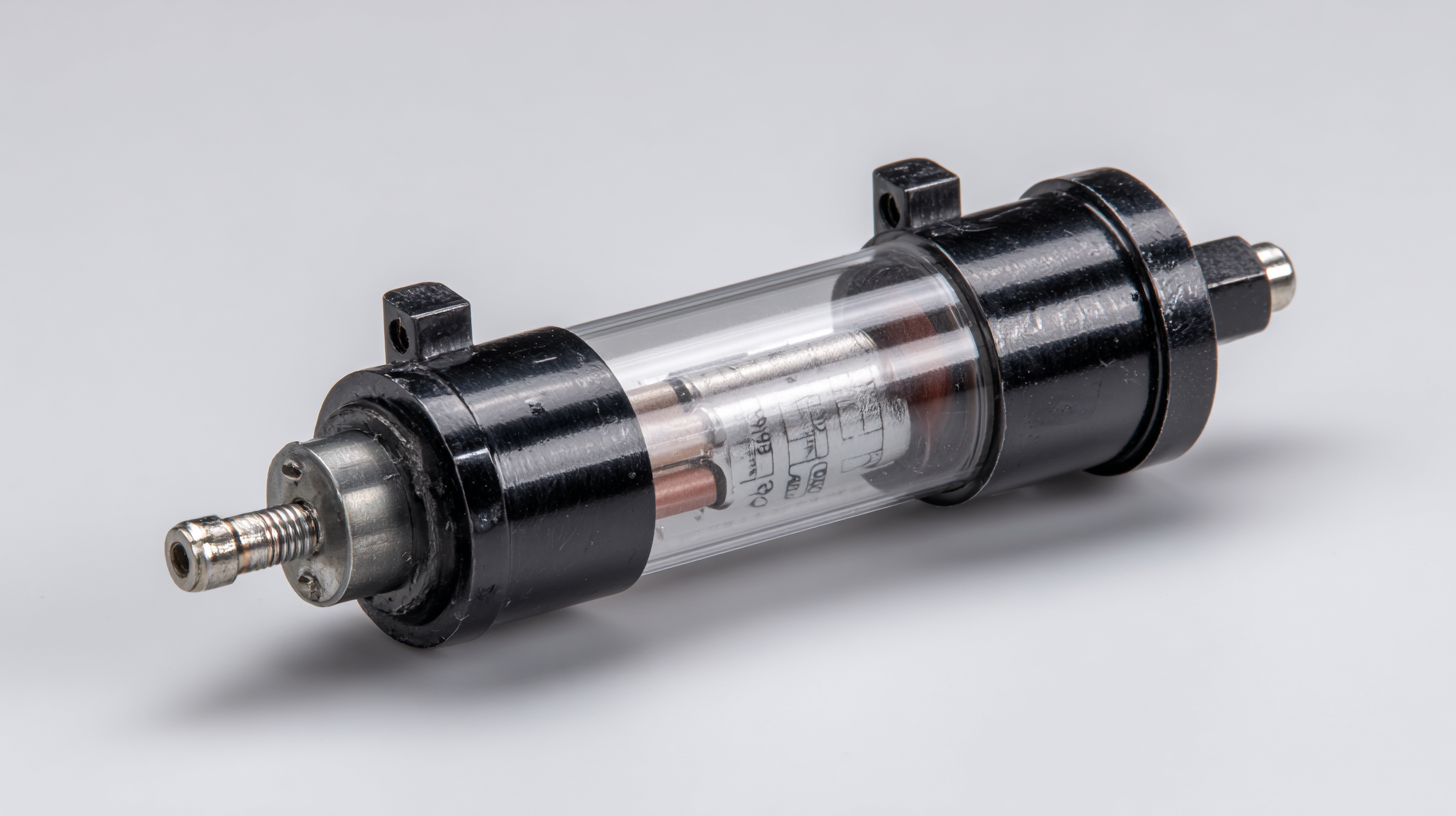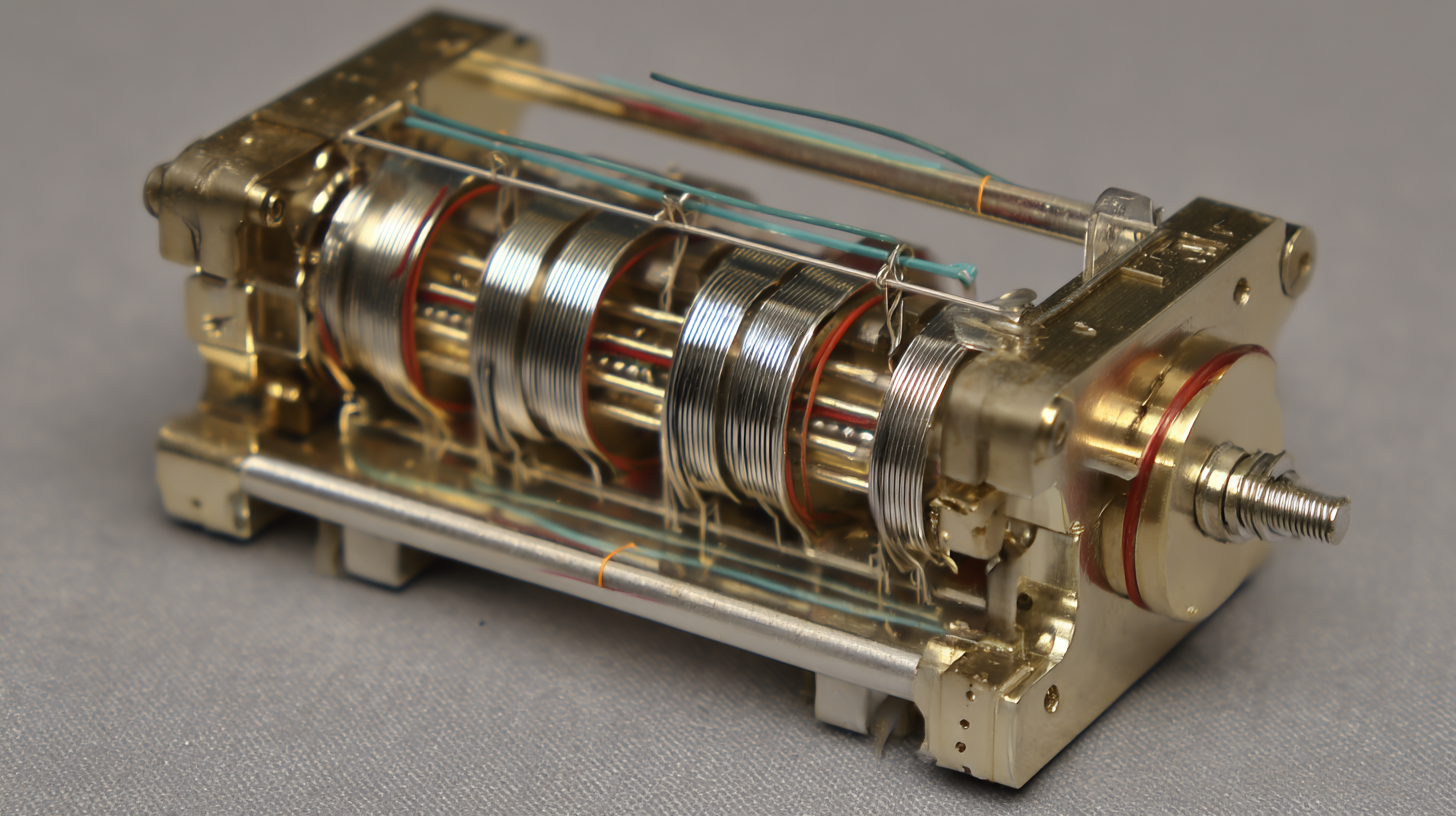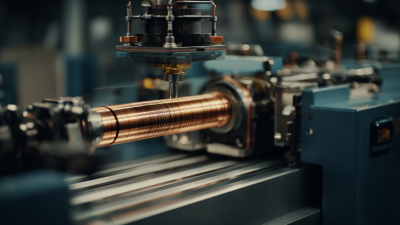Call Today: 916-259-1868
 Voice coil actuator design is an integral aspect of modern engineering, offering precise motion control in a variety of applications. As industries strive for greater accuracy and efficiency, the demand for advanced actuation mechanisms has surged. Voice coil actuators, recognized for their simplicity and effectiveness, transform electrical energy into linear motion, making them indispensable in sectors such as robotics, aerospace, and medical devices. This introduction aims to explore the fundamentals of voice coil actuator design, highlighting its significance and versatility across various domains.
Voice coil actuator design is an integral aspect of modern engineering, offering precise motion control in a variety of applications. As industries strive for greater accuracy and efficiency, the demand for advanced actuation mechanisms has surged. Voice coil actuators, recognized for their simplicity and effectiveness, transform electrical energy into linear motion, making them indispensable in sectors such as robotics, aerospace, and medical devices. This introduction aims to explore the fundamentals of voice coil actuator design, highlighting its significance and versatility across various domains.
Understanding the principles behind voice coil actuator design is crucial for engineers and designers seeking to implement intelligent motion solutions. The design process involves various factors, including coil winding techniques, magnetic field configuration, and feedback mechanisms, all of which contribute to the actuator's performance. By delving into these components, we can better appreciate how voice coil actuators operate and meet specific application requirements. Furthermore, their adaptability enables them to serve a multitude of functions, from precise positioning in optical systems to dynamic actuation in automotive applications.
In this exploration of voice coil actuator design and its applications, we will dissect the underlying technologies, evaluate their benefits, and consider future trends shaping the evolution of actuation systems. Understanding these elements will provide valuable insights for professionals looking to enhance their designs and optimize performance in increasingly demanding environments.
Voice coil actuators leverage electromagnetic principles to create linear motion, making them essential components in various high-precision applications. At the core of their operation, a voice coil consists of a coil of wire situated between permanent magnets. When an electrical current flows through the coil, it generates a magnetic field that interacts with the field of the magnets, resulting in movement. This straightforward mechanism allows for rapid response times and precise control over positioning, which are critical in applications such as microscopy and optical systems.
The recent introduction of linear motor actuators that utilize voice coil technology exemplifies the versatility and effectiveness of this design. These actuators enable automation with rapid and accurate motion, demonstrating their capability in high-demand environments. Additionally, the integration of voice coil mechanisms in fast steering mirrors illustrates their importance in the realm of optical communication, where speed and stability are paramount. Moreover, advancements in precision nanofocusing through voice coil motors signify their role in enabling groundbreaking research in super-resolution microscopy and deep tissue analysis, highlighting the importance of understanding their fundamental principles and mechanisms for future technological innovations.
| Parameter | Description | Value |
|---|---|---|
| Type | Linear Voice Coil Actuator | Standard |
| Operating Voltage | Voltage required for operation | 24 V |
| Maximum Stroke Length | Maximum distance the actuator can move | 30 mm |
| Force Output | Maximum force exerted by actuator | 50 N |
| Frequency Response | Range of frequencies for efficient operation | 20 Hz - 2 kHz |
| Applications | Use cases in various industries | Robotics, Medical Devices, Automotive Systems |
Voice coil actuators (VCAs) are electromechanical devices that convert electrical energy into linear motion, widely used in applications such as audio systems, robotics, and precision positioning. The design of a voice coil actuator relies on several key components and materials that optimize performance and efficiency.
At the core of a VCA is the voice coil itself, made of a copper or aluminum wire wound around a cylindrical form. This wire is housed within a magnetic field, typically created by a permanent magnet, which allows the coil to experience a force proportional to the current passing through it. The choice of wire gauge affects resistance, heat dissipation, and efficiency, making careful selection crucial. Additionally, the diaphragm or armature connected to the coil enhances the actuator's responsiveness by allowing better movement.
The materials used in the construction of VCAs must also withstand various operational stresses. For instance, lightweight materials like aluminum are often used for the support structure to minimize inertia, thereby enhancing response times. Insulating materials, such as epoxy resin or plastics, are essential for thermal stability and electrical isolation. Overall, understanding these key components and materials is vital in designing effective and reliable voice coil actuators for a myriad of demanding applications.
Voice coil actuators (VCAs) are becoming increasingly prevalent across various industries due to their precision and reliability in motion control applications. In robotics, VCAs facilitate high-speed and accurate actuations, enabling tasks such as assembly, sorting, and picking in automated environments. Similarly, in the medical field, VCAs are employed in surgical tools and diagnostic equipment, ensuring that devices can make fine adjustments with minimal force, enhancing both safety and effectiveness.
For those considering implementing voice coil actuators in their projects, here are some tips: Firstly, assess the specific requirements of your application, including load capacities and movement ranges, to choose the right VCA. Additionally, consider the thermal management of your system, as VCAs can generate heat during operation. Implementing proper heat dissipation methods ensures longevity and optimal performance of the actuators. Lastly, integrating feedback mechanisms can greatly enhance the control precision of your designs, allowing for real-time adjustments based on operational conditions.
With their versatile design, voice coil actuators open up new doors for innovation and efficiency across various sectors, making them a key component in the future of automation technology.
Digital voice coil actuators (VCA) are poised to revolutionize various industries, particularly in automotive and robotics, due to their precise control, fast response times, and compact designs. As we approach 2025, the demand for these actuators is expected to surge, driven by advancements in electric vehicle (EV) technology and automation. Recent industry reports suggest that the global actuator market will reach $56 billion by 2025, with a significant portion attributed to digital VCAs, which offer enhanced efficiency and performance compared to traditional systems.
The comparative advantages of digital voice coil actuators lie in their ability to deliver high torque-to-weight ratios and superior energy efficiency. Studies indicate that VCAs consume up to 30% less energy than their electromagnetic counterparts, making them ideal for electric vehicle applications where sustainability and efficiency are paramount. Furthermore, their adaptability allows for integration into various systems, from active suspension in vehicles to precision control in robotic arms, enhancing functionality and user experience. With leading manufacturers focusing on this technology, digital VCAs are set to play a critical role in the evolving landscape of advanced manufacturing and automotive innovation by 2025.

The future of voice coil actuators is poised for significant advancements as technology integrates deeper into various applications, particularly in robotics and precision devices. With the anticipated rise of humanoid robots starting in 2025, the demand for efficient and responsive motion control solutions will drastically increase. Voice coil actuators, known for their reliability and high performance in low-latency applications, are expected to become an essential component in this evolving landscape. Their ability to produce precise movement makes them ideal for complex tasks required in robotic systems.

Moreover, as the market for voice coil motor drivers accelerates, fueled by rising demands in smartphones and other precision devices, innovations in actuator design are likely to enhance performance parameters such as speed, efficiency, and miniaturization. This trend aligns with the global shift towards more compact and capable technologies. Manufacturers are likely to focus on refining the engineering of voice coil actuators, leveraging advancements in materials and control systems to address the challenges of modern applications in automation, robotics, and beyond.






Sierramotion engineers help customers design solutions to complex motion problems. Whether a simple coil, or a precision motion assembly working in vacuum, Sierramotion has the experience to create a solution that works the first time.